Puente Nuevo
One of the most spectacular bridges in Spain spans a narrow chasm that divides the city of Ronda.
Looking like something straight out of Game of Thrones, the Puente Nuevo spans a narrow chasm that separates two sides of the historic city of Ronda. As spectacular as it is, it was nonetheless built in an atmosphere of tragedy, the previous construction having collapsed, killing 50 people.
Back in the 1700s, the increasingly overcrowded city of Ronda had a problem. It had grown to the extent that it now perched on two sides of the deep El Tajo canyon, and access between the two sides was far from optimal.
Two small bridges, the Puente Romano and the Puente Árabe, already crossed the canyon, but lower down and not directly linking the two sections of El Mercadillo and La Ciudad, between which the chasm ran. And so, in the 1730s, plans were made to construct a new bridge across the very top of the canyon, directly linking the two sections of the city.
It was the first attempt at bridging the canyon at this height, and it was no easy feat. The chasm was relatively narrow, but plunged some 390 feet straight down to the Guadalevín River below. The architects Jose Garcia and Juan Camacho were chosen for the project, and they began work on a single arch design in 1735. They completed the bridge in good time, but not in good form. The entire bridge collapsed in 1741, killing 50 people, most of them residents of Ronda.
It was therefore in an atmosphere of lingering tragedy that work began on a new bridge in 1759, to cross at the same location. The renowned architect Domingo Lois de Monteagudo was brought in to design the new bridge, and it seems as if he was all too aware of the previous collapse and the need for a new design that would be sturdy beyond all normal reckoning.
De Monteagudo oversaw the construction up until 1778, by which time the bottom third had been completed. Worked stalled for some years, and then, in 1785, one of the top architects from Andalucia, José Martin de Aldehuela, was brought in to complete the project. He built upon the massive foundations left by de Monteagudo, and finally constructed the final upper third using three arches—all in all, a far, far sturdier construction than the single arch bridge that had so tragically collapsed.
The Puente Nuevo (New Bridge), as it was called, was completed in 1793 after 34 years of construction. Its eventual span was 216 feet, and its height an impressive 322 feet, all supported by thick vertical supports rising up from, and in parts attached to, the canyon walls. Nothing was going to bring down the Puente Nuevo.
Since its completion, the bridge has occasionally served a secondary function thanks to the inclusion of a chamber located above the central arch. This room has at various times served as a prison and, according to some rumors, a torture chamber.
During the 1936–1939 civil war, which heavily affected Ronda, captured prisoners were allegedly tortured in the chamber. Some, apparently, were thrown from the windows of the chamber, to break upon the rocks of the El Tajo gorge far below. A scene in Hemingway’s For Whom the Bell Tolls, in which Fascist sympathizers are thrown from the cliffs of a fictional village, is believed to have been inspired by events in Ronda.
Know Before You Go
Ronda is located in the Spanish province of Málaga, about 40 miles west of the city of Málaga. The Puente Nuevo connects two parts of the city known as El Mercadillo and La Ciudad (the old and new towns), which are otherwise separated by the El Tajo gorge. The chamber located above the central arch now contains an exhibition room detailing the history of the bridge, with no risk of torture. Entrance to the chamber is €2.








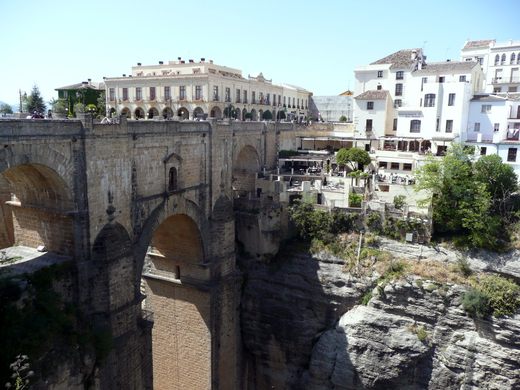


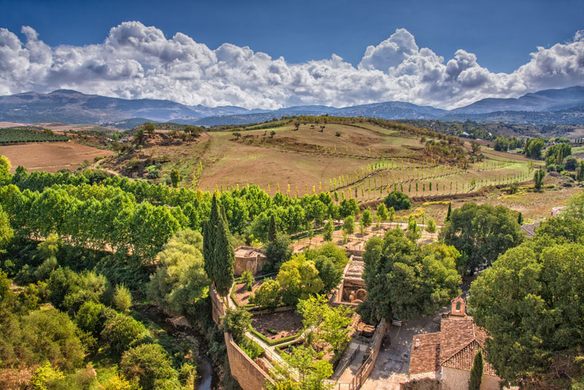














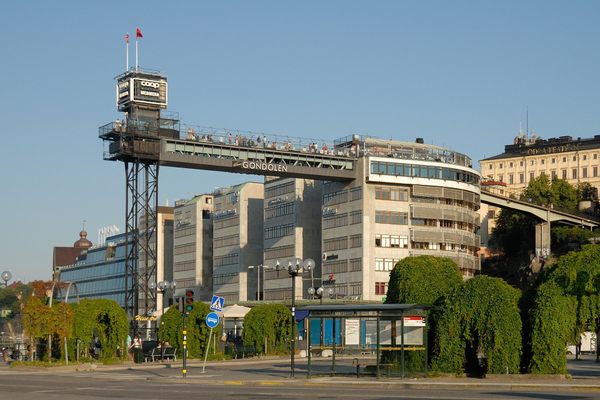
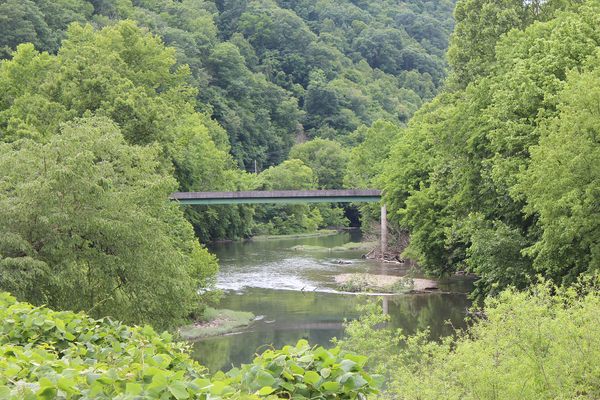
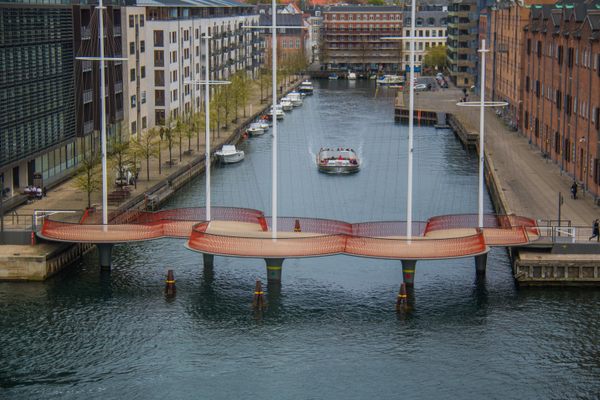


Follow us on Twitter to get the latest on the world's hidden wonders.
Like us on Facebook to get the latest on the world's hidden wonders.
Follow us on Twitter Like us on Facebook